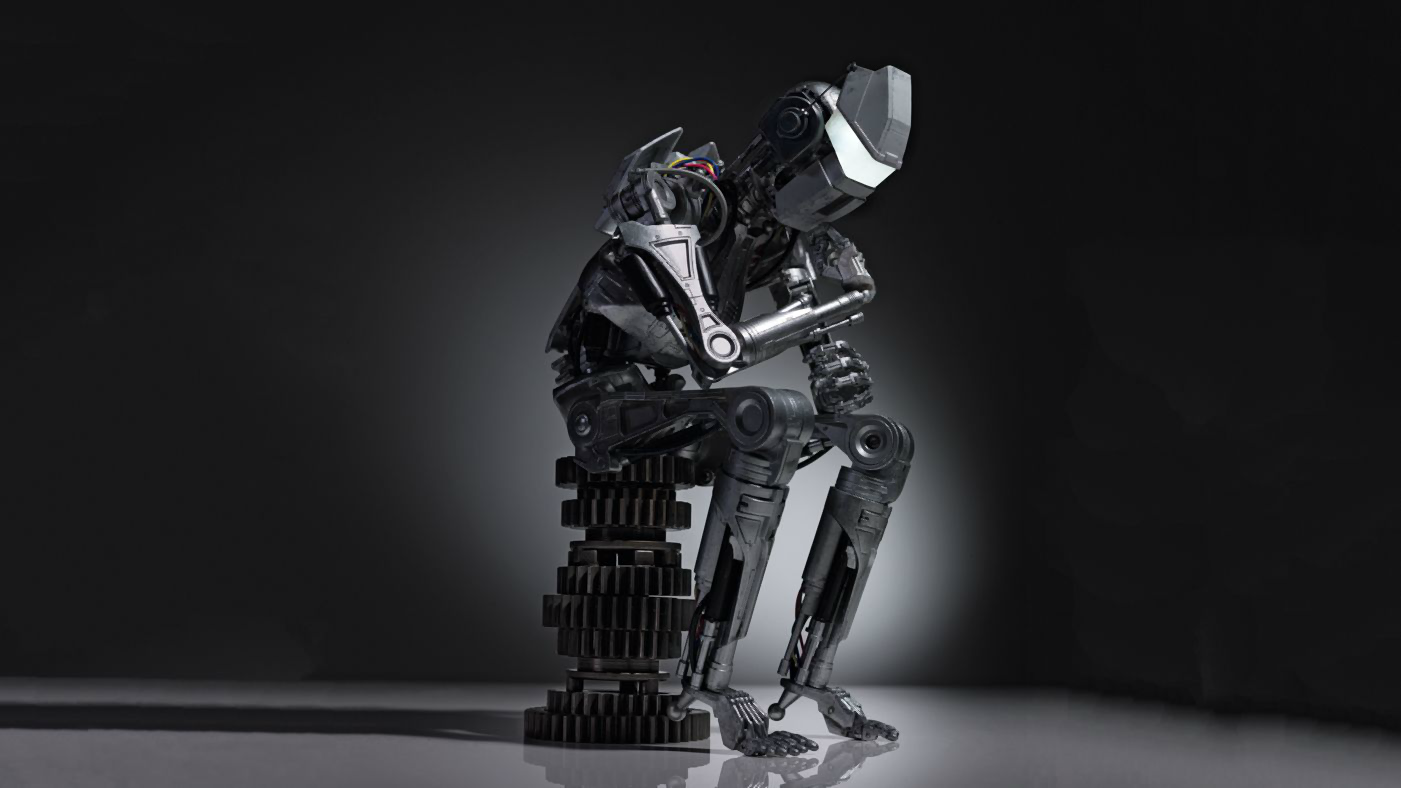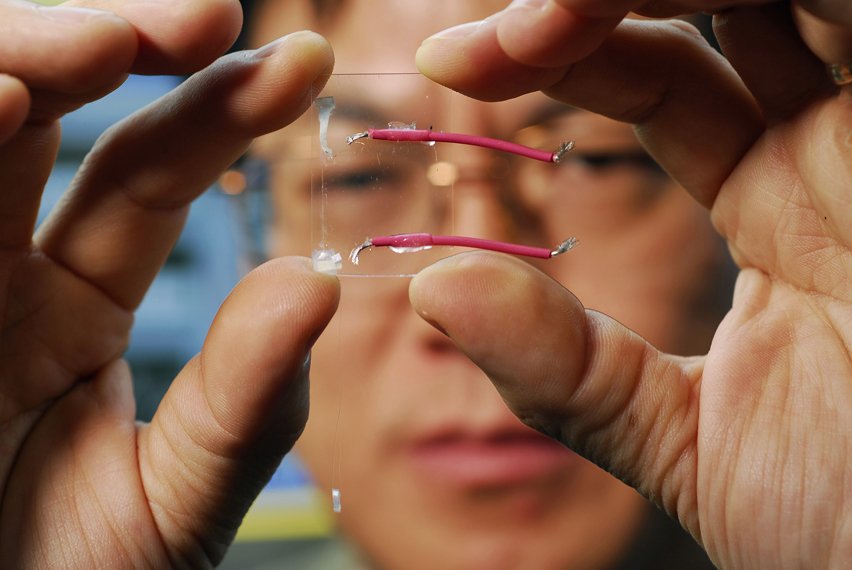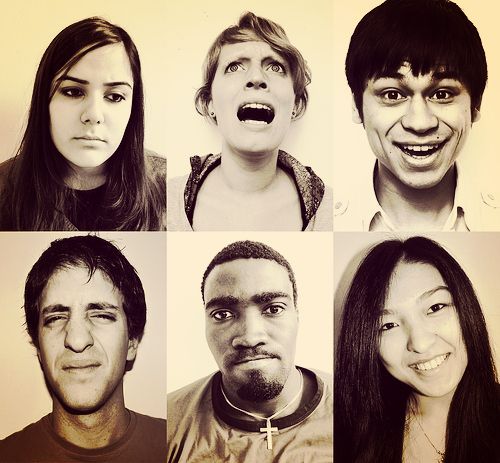
If there is a place where human knowledge in its all-out complexity can be argued, learned and shared, it must be, without any doubt, the University.
Universities can be understood not just as a place where this knowledge is passed on to new young generations but a place where knowledge is indeed created. A place which surpasses business and money-making-driven schemes, and rather embrassing everything that has to do with knowledge, and where knowledge can be born and transmitted.
From politics and arts, history and science, architecture and education, all human knowledge is well preserved and developed within the different colleges that makes up an University. Although all branches are crucial for a healthy growth of the society itself, there are few of them that are getting higher demand on the outside world: the likes of IT and computing related.
The AI disrupts in the University
In fact, those subjects are precisely where more diversity can be found when talking about new technological research, specially important when those research are set to change the way we are going to interact with the labour market and each other in the world to come. We are talking about Artificial Intelligence and its appliances.
Imperial College London Vice Provost, Nick Jennings explains it like this:
“Many of the most exciting developments in AI are embedded in and around research-intensive universities. They are a prime source of talent, discovery and innovation. This bodes well for the future of a field that will be shaped by a vast array of startups, academic researchers and students, and not just a handful of corporate giants.”
He focused on the idea that AI development within the University frees Universities from big corporate profit driven research. While the ultimate goal for a company is to make money, the common goal for a college research is mostly finding a solution for a societal problem.
Specially problematic is the AI case as many warnings have been showed up for its possible -and more than probable- job disruption and the singularity threat hypothesis.
However, Vice Provost Nick Jennings sees it quite different as “we’ve already begun to see the potential for AI to dramatically transform society – and how universities work. Machine learning techniques are paving the way for faster diagnosis of disease, improved understanding of human behaviour, and better protection against cyber-attacks. AI systems have also been helping us to make scientific discoveries: formulating hypotheses, designing and running experiments, analysing data, and deciding which experiments to run next.”
To develop AI in a balanced and careful way is so important, that Universities must be the central hub of it. Therefore, it is vital that these transformations are driven by a diverse community of innovators. What examples of interesting AI driven University research can we find?
AI-driven University research
1.Trik
One Imperial College London student, Pae Natwilai, developed a ‘magic wand’ to control drones and other robots by pointing where you want them to go. It seamlessly brings together human and AI controls to these semi-autonomous robots.
Her startup, Trik, is now using this technology to develop an autonomous drones system for structural inspection, providing a safer, cheaper, and faster way to check for damage or defects to large structures such as oil rigs, bridges, or multi-storey buildings.
In their own words: “we use advance photogrammetry for automatic 3D modelling. Together with our customised 4D data management system, TRIK automatically turns drone photos into an interactive 3D model.”
Orchid Case Study from ORCHID Project on Vimeo.
2. Rescue Global
Rescue Global, is set as an NGO and as part of the Orchid project. Rescue Global worked with Professor Jennings and other academics in the fields of Artificial Intelligence (AI) and Machine Learning (ML), looking at how the complementary skill sets of humans and machines can be harnessed to address complex challenges. For example, managing big data in the aftermath of a disaster, to create actionable intelligence that speeds up and prioritises response.
Following the Nepal earthquake and by combining trusted human observations with AI analysis of the huge amount of data flooding in they were able to determine the best placement of water filters around Kathmandu, reducing the risk to many thousands of endangered people.
This idea is a clear example of how AI driven research in the University are quite far from the profit-driven development, making prioritizing societal benefit rather than a profit motive.
AI is most effective when it works collaboratively with humans. When we play to our strengths, we can achieve things that would have been impossible for either computers or humans separately. Machines don’t know what they don’t know, and they don’t know how to interact with humans.
Like Nick Jennings says, “the best applications of AI combine human judgement and empathy with the speed and efficiency of computers.”

Hernaldo Turrillo is a writer and author specialised in innovation, AI, DLT, SMEs, trading, investing and new trends in technology and business. He has been working for ztudium group since 2017. He is the editor of openbusinesscouncil.org, tradersdna.com, hedgethink.com, and writes regularly for intelligenthq.com, socialmediacouncil.eu. Hernaldo was born in Spain and finally settled in London, United Kingdom, after a few years of personal growth. Hernaldo finished his Journalism bachelor degree in the University of Seville, Spain, and began working as reporter in the newspaper, Europa Sur, writing about Politics and Society. He also worked as community manager and marketing advisor in Los Barrios, Spain. Innovation, technology, politics and economy are his main interests, with special focus on new trends and ethical projects. He enjoys finding himself getting lost in words, explaining what he understands from the world and helping others. Besides a journalist, he is also a thinker and proactive in digital transformation strategies. Knowledge and ideas have no limits.

























